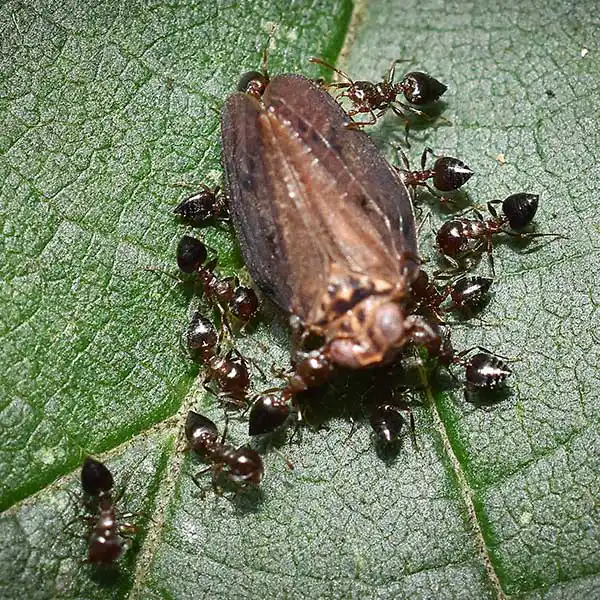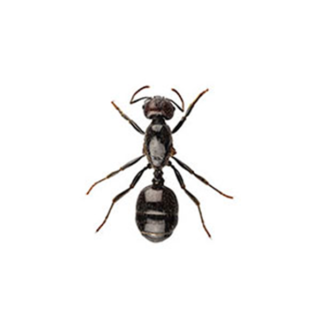Acrobat Ants in Long Island
In Long Island, acrobat ants are occasional structural pests. Their name is derived from the acrobatic pose of the workers when they are alarmed, with the abdomen raised and arched above the head. Their stinger is shaped like a spatula, which they use to wipe their venom on smaller prey. Acrobat ants tend to nest in hollow stems and twigs and they may tunnel through soft damp wood much like carpenter ants. The ants practice mutualism, which means they tend aphids and feed on the honeydew that the aphids produce. When acrobat ants nest indoors they generally nest inside wood or cavities kept moist with water from leaks.
Acrobat Ant Habitat
Outdoors, acrobat ants nest in a variety of locations, usually in the deadwood of trees, including branches, stems of trees, and stumps. They are not considered pests of trees and shrubs but they do protect aphids and other insects that are pests. Indoors, acrobat ants nest in woodwork, sometimes moving into abandoned carpenter ant and termite galleries. When found nesting in a home, they prefer doors and window frames that have been damaged by other insects or moisture. When foraging for food, these ant pests prefer kitchen cabinets and pantries. Their presence, whether indoors or outdoors, indicates decaying wood.
Acrobat Ant Behaviors, Threats, or Dangers
Worker acrobat ants have been known to bite aggressively and release a foul odor when provoked. Mild reactions are common and may last from a few hours to a few days. They don’t typically nest in homes, but if conditions are right and there is damp or damaged wood in the home, they may take advantage of the opportunity. A disturbing habit is their infestation of foam core panel insulation. Acrobat ants also strip the insulation off of wires, causing short circuits that create a fire hazard. If an acrobat ant infestation is suspected, it is recommended to contact a professional ant technician.
Need help with Acrobat Ant control?
$50 OFF PestFree365+
Leave your information below and we’ll be in touch with a FREE quote!
"*" indicates required fields
*During normal business hours. After hours calls will be returned the next business day.






